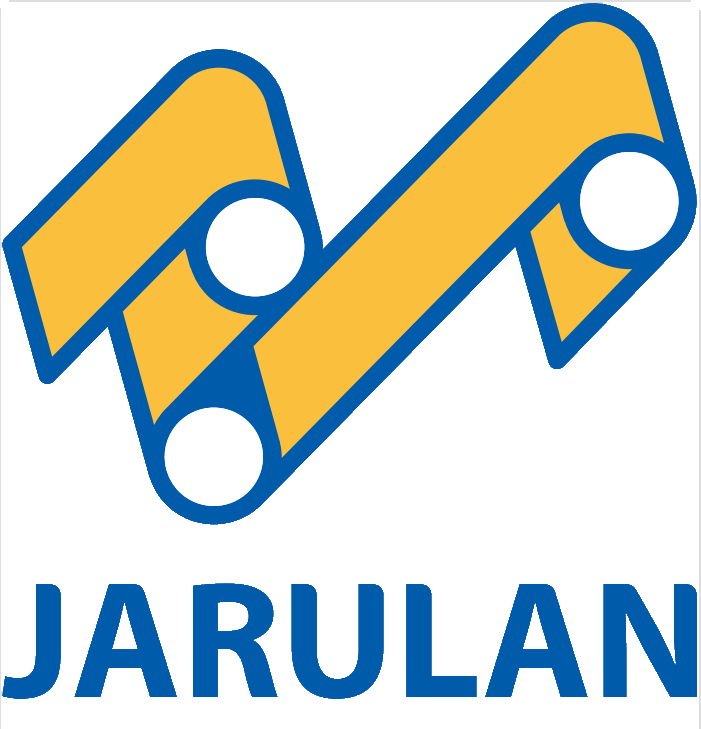1. Przyczyny zerwania paska
(1) Napięcie taśmy przenośnika nie jest wystarczające
(2) Taśma przenośnika była używana przez dłuższy czas i poważnie się starzeje.
(3) Duże kawałki materiału lub żelaza rozbijają taśmę przenośnika lub zacinają się.
(4) Jakość połączenia taśmy przenośnika nie spełnia wymagań.
(5) Złącze taśmy przenośnika jest poważnie zdeformowane lub uszkodzone.
(6) Odchylenie taśmy przenośnika jest zablokowane
(7) The tension of the conveyor belt tensioning device on the conveyor belt is too large.
2. Prevention and treatment of broken belt
(1) Replace the conveyor belt that meets the requirements.
(2) Expired conveyor belts should be replaced in time
(3) Strictly control the loading of bulk materials and ironware onto the conveyor
(4) Replace the damaged connector.
(5) Increase the deviation-adjusting drag roller and anti-deflection protection device; if the conveyor belt is found to be jammed by the frame, it should be stopped immediately.
(6) Adjust the tensioning force of the tensioning device properly.
(7) After a broken belt accident occurs, the following steps can be taken to deal with:
①Remove the floating coal on the broken belt.
② Catch one end of the broken tape with a card board.
③Lock the other end of the broken belt with a wire rope.
④ Loosen the tensioning device.
⑤ Pull the conveyor belt with a winch.
⑥Cut the conveyor belt to break its ends.
⑦Connect the conveyor belt with metal clips, cold bonding or vulcanization, itp.
⑧After trial operation, it is confirmed that there is no problem, and then put into operation.



